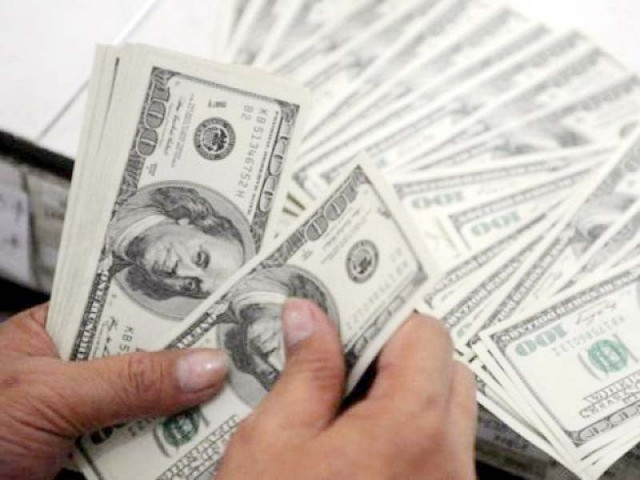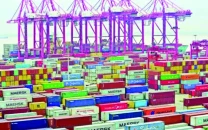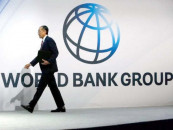C/A returns to deficit of $270m
SBP reports FDI grew 74% to $271m in May 2024 compared to $156m a year ago

Pakistan’s balance of current account landed back into deficit at $270 million in May 2024, breaking the cycle of maintaining it in surplus for the prior four successive months. The country booked the first current account deficit in five months after the central bank allowed foreign companies to send significantly higher profits and dividends to their headquarters abroad, in order to clear the backlog, and made notably higher interest repayments during the month.
The deficit recorded is in stark contrast to the higher expectations for a surplus for the fifth consecutive month, which were fuelled by all-time high inflows of workers’ remittances sent home by overseas Pakistanis, amounting to $3.24 billion in May. Although the trade deficit in goods and services both widened due to an uptick in imports, the export of goods surpassed the $3 billion mark, and the export of IT climbed to a record high for the second successive month at $332 million. These factors played a crucial role in partially offsetting the current account deficit in May 2024.
According to the State Bank of Pakistan’s (SBP) data, the current account turned into a deficit of $270 million in May 2024 from a surplus of $499 million in April 2024. The deficit in the month under review is also in contrast to a surplus of $155 million recorded a year ago in May 2023. With this, the cumulative current account deficit for the first 11 months of the outgoing fiscal year 2023-24 increased to $464 million compared to $202 million in the first 10 months. The 11-month cumulative deficit, however, is almost 88% lower compared to the $3.76 billion recorded in the same period of the last year.
In a short commentary, Arif Habib Limited’s Head of Research, Tahir Abbas, said, “Pakistan recorded its highest ever monthly (net) outflow of $1.4 billion in the primary income account during May 2024, likely due to dividend repatriation and interest repayment.” To recall, State Bank of Pakistan (SBP) Governor Jameel Ahmad stated in an analyst briefing post-monetary policy earlier this month that the bank has cleared almost the entire backlog of dividends and profit repatriation by foreign firms operating in Pakistan. In May alone, the dividend payments were around $1 billion, taking the total payments to approximately $2 billion so far in the outgoing fiscal year 2023-24 to date.
While talking to The Express Tribune, Optimus Capital Management’s Head of Research, Maaz Azam, projected that the FY24 full-year current account deficit would be in the range of 0.3-0.4% of GDP (around $1.10-1.50 billion), which would be well in line with the central bank’s projection of 0.5-1.5% of GDP for the outgoing year. He said that the profit repatriation by foreign companies and the import of goods and services might remain high in June as well, while workers’ remittances could slip post-Eid season. This likely situation would add up to the deficit for the full year.
Going forward, the current account deficit is expected to remain moderate in the next fiscal year 2024-25, amid the key challenges of repaying higher foreign debt and making substantial interest payments on the debt in the year. The limited availability of foreign exchange reserves would not allow the government to let sectors of the economy liberalise the import of raw materials, goods, and services, thus keeping the twin trade and current account deficits controlled in FY25 as well. “The government would continue to face tough times operating the economy in FY25,” Azam said.
Foreign direct investment
The inflows of foreign direct investment (FDIs) in different sectors of the economy grew by 74% to $271 million in May 2024 compared to $156 million in the same month of the last year. The foreign investment in the month, however, dropped compared to the $359 million received in the prior month of April 2024. During the first 11 months of FY24, net FDI inflows rose by 15% to $1.73 billion compared to $1.50 billion in the same period of the past year.
China, Hong Kong, the United Kingdom, the United States, the United Arab Emirates, Singapore, and Saudi Arabia remained the top foreign investors in Pakistan during the 11 months. Major investments were received in sectors including power, oil and gas exploration, financial business, petroleum refining, and mining and quarrying.









1733130350-0/Untitled-design-(76)1733130350-0-208x130.webp)









COMMENTS
Comments are moderated and generally will be posted if they are on-topic and not abusive.
For more information, please see our Comments FAQ